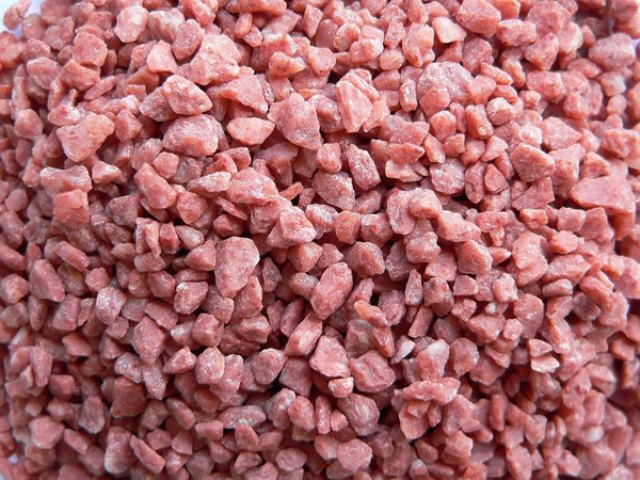Farmers use various fertilizers to obtain high yields. One of the types of mineral supplements is potash supplement, which compensates for the lack of potassium in plants. In most cases, such a composition can be found in the form of salt dissolved in water, less often - in combination with other components.
Table of contents
What fertilizers are potash?
The role of potassium in the life of plants is great. What gardener does not use them? Mining is conducted from ore, in deposits of natural type. This fertilizer can be used on any soil composition:
- chernozem;
- clay terrain;
- on sandy beds.
The element is responsible for the growth of foliage and increases the resistance of the culture to all sorts of diseases and parasites. Fruits that are rich in potassium are well preserved in winter. The composition introduced into the soil is almost completely absorbed by plants.
It is perfectly combined with many mineral components, creates complex mixtures with them. There are many means, and each is different by its name.
How to determine the lack of mineral in the soil
Most of all, potassium plants, cultivated in light peat areas, need to be supplied with potassium. Especially strongly signs of failure of this element are expressed in the summer season:
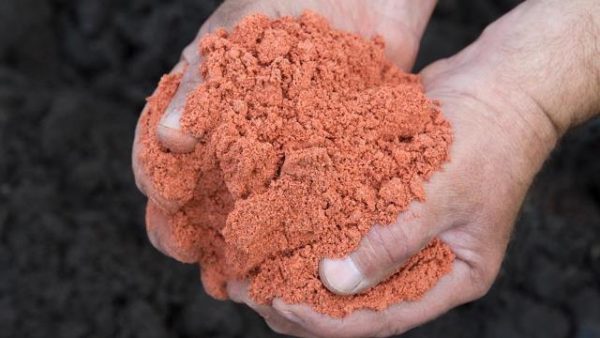
- brown leaves appear on leaves;
- foliage changes shade, becomes yellow or bluish with a bronze sheen;
- “edge burns” are observed - the tips and edges of the sheet begin to die off;
- the veins are deeply immersed in green tissue;
- the stem becomes thin;
- landing stops intense growth;
- wrinkles appear on the leaves, they curl;
- the process of formation of buds is suspended.
Types of potash supplements
If we consider the chemical composition, then the potassium group is divided into chloride and sulphate, and by production they are raw and concentrated.
Any species is distinguished by its positive and negative characteristics, has features in the application.
Potassium chloride
Potassium chloride - the most popular option, represented by pink-tinted crystals, which absorb water well and can be compacted during improperly organized storage, which will significantly worsen their thinness at the time of use.
The main disadvantage is the ability to accumulate salt in the ground, increasing its acidity.
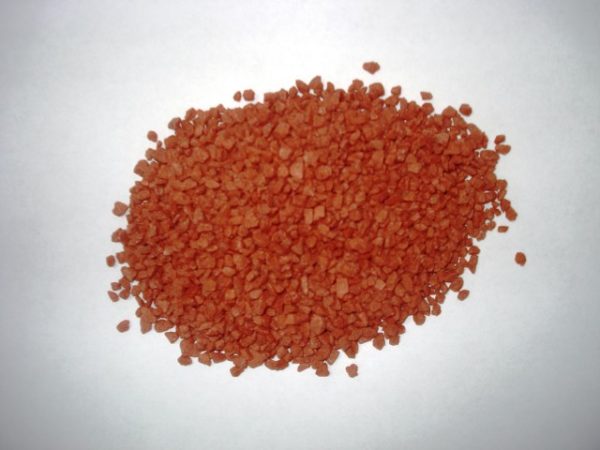
Potassium sulfate
Small crystals of gray color, perfectly dissolve in water. They do not absorb moisture, do not clot during storage. The composition includes magnesium and calcium, which only improves the beneficial qualities for plants.
The presence of sulfur does not allow accumulation of nitrates, prolongs the safety of plants. This allows such fertilizer to feed vegetables.
There is no chlorine in the top dressing, for this reason it is allowed to apply at any time on almost all soil compositions. Exceptions are lands with high levels of acidity.
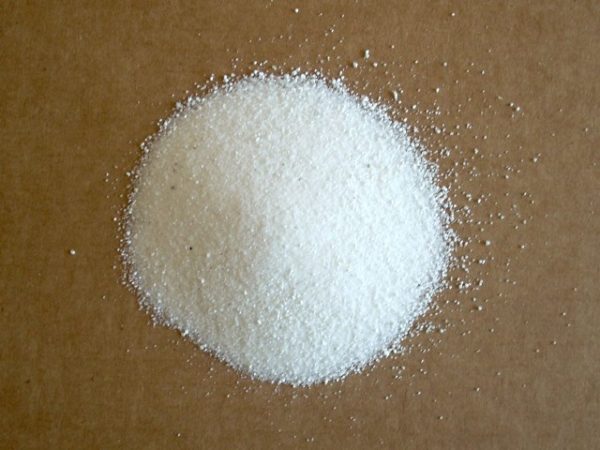
Wood ash
Universal and widely available product, suitable for all plants and almost all soil formulations. Fertilizer does not contain chlorine, can be used at any time. Ash poured in a dry state, diluted with water.
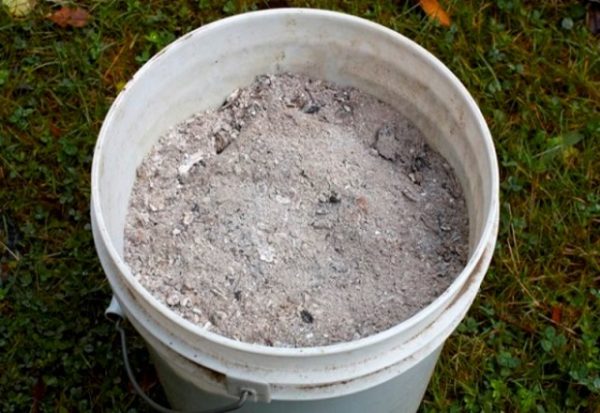
Potassium salt
It is a mixture of potassium chloride and finely ground sylvinites. The percentage reaches forty, which makes feeding not so suitable for feeding plants that are sensitive to potassium chloride. For this reason, the composition is introduced into the soil in the fall, during the percoping of the beds. In the spring, it is allowed to use salt if the soil is heavily overwetted. Water will wash chlorine, and potassium will remain in the soil. In the summer, the composition is not used.
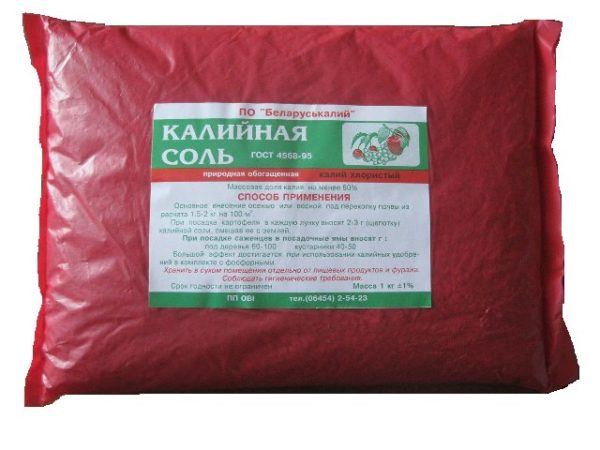
Kalimagnezia
Does not contain chlorine, great for feeding potatoes, tomato plants and other vegetable crops. Due to its magnesium content, the product is recommended for use in sandy and sandy beds of sand. The drug is hygroscopic and perfectly dissipated.
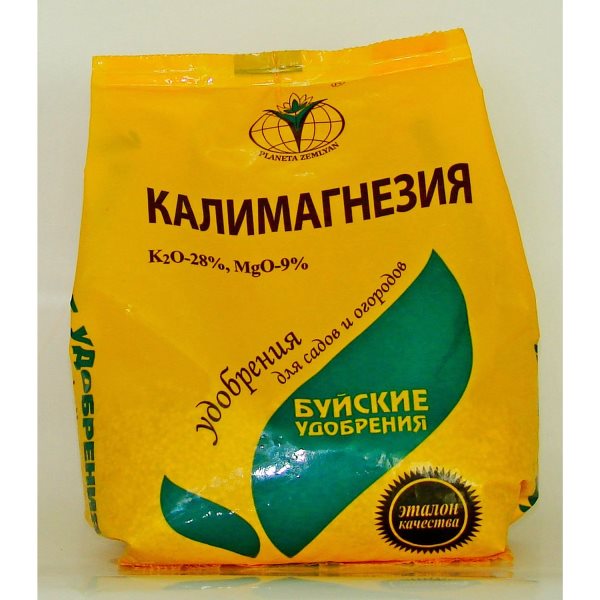
Potash
The structure differs in the increased hygroscopicity, quickly begins to cake when moistened. In this case, its properties are lost. To improve the performance, lime is sometimes added to it, but then there is a threat of an increase in acidity in the soil.
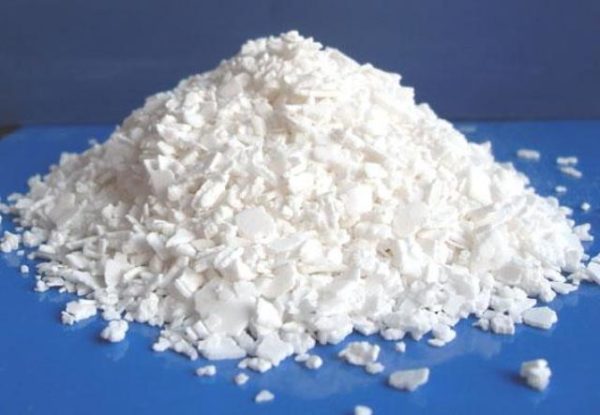
Potassium nitrate
It contains nitrogen, which favorably affects the development of plants. The fertilizer composition is perfectly preserved in a dry storage. With a little moisture, it hardens and becomes almost unusable. It should be made in the spring, during planting. The use of saltpeter is also permitted in the summer season.
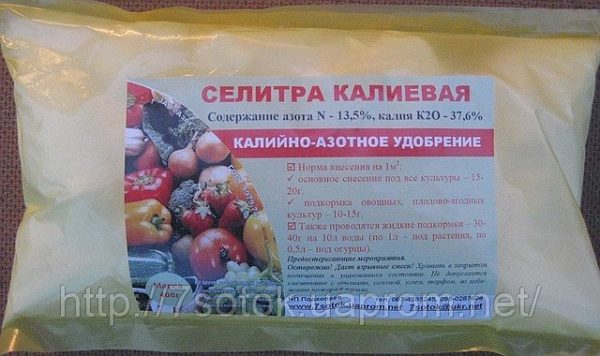
The value of cement dust
The element is a part of a variety of salts that dissolve well, which makes it possible for potassium to easily saturate plant cells. It is applied to crops that react poorly to chlorine. With it, you can still neutralize the acidity of the soil. Therefore, the value of such feeding is great.
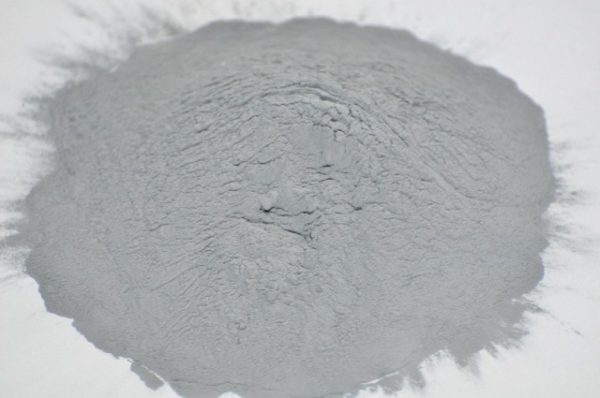
Value feedings in plant life
Oxidation in plant cells is more intense, there is an increase in cellular metabolism. Cultures easily respond to insufficient moisture, photosynthesis goes faster. There is a rapid adaptation to negative temperatures, the level of resistance to pathogenic manifestations increases.
Application technology for plants
There are three options for the use of fertilizers:
- before seed;
- seedbed;
- postseeding
Most used in the fall, as many of its varieties contain chlorine. Dosages are set taking into account the exhaustion of the earth.
It will be better if you scatter the fertilizer several times over the surface, maintaining a distance of fifteen centimeters from the roots.Liquid formulations are effective, they should be prepared according to the instructions.
The additive is really popular. It is only necessary to remember that an excess dose of potassium or irregularities in the use of the composition harm not only plants, but also the soil composition. Particular caution should be exercised with compounds containing chlorine.
